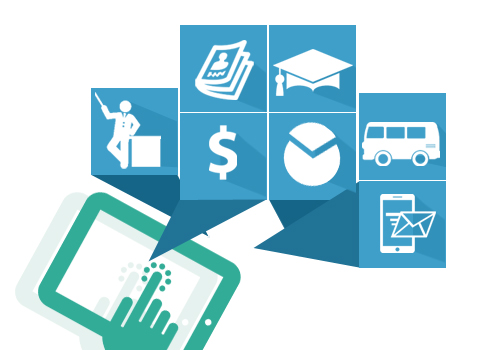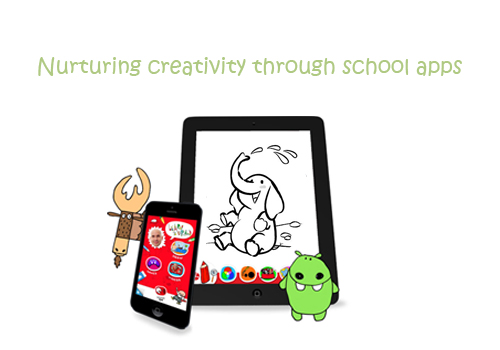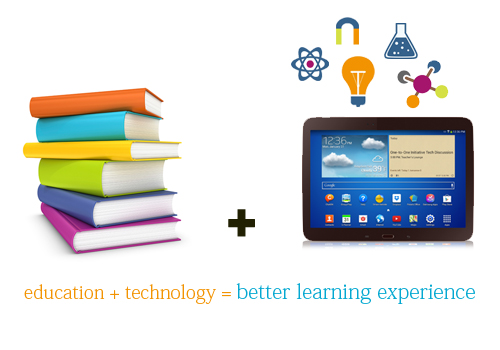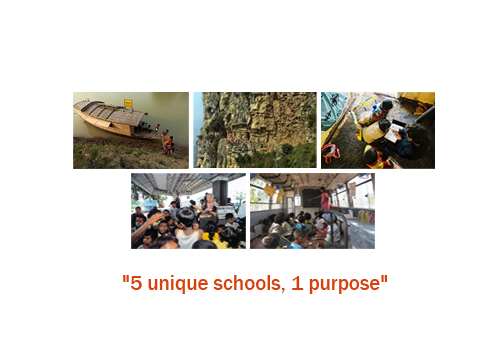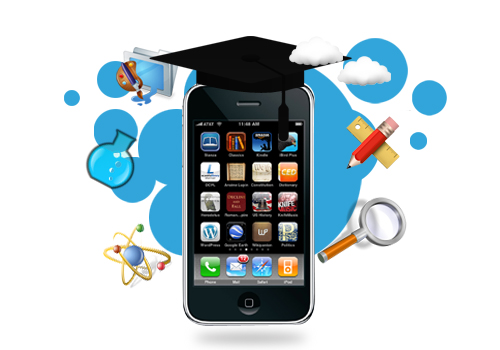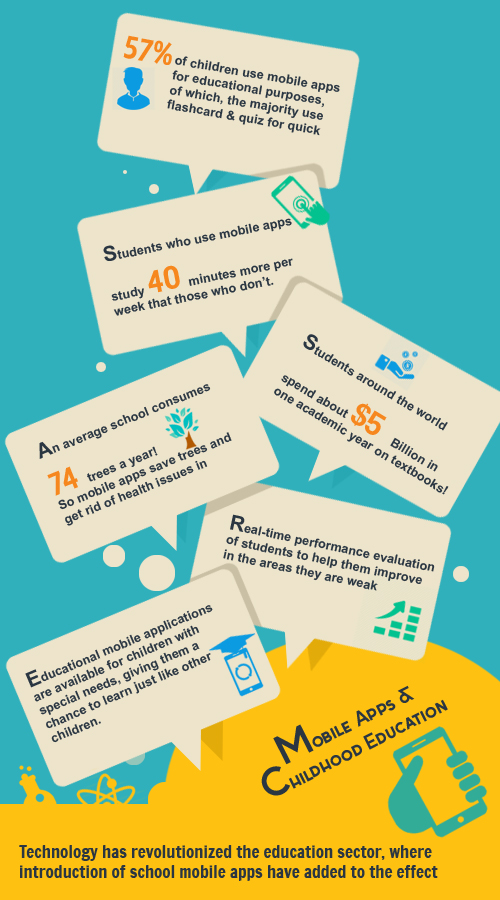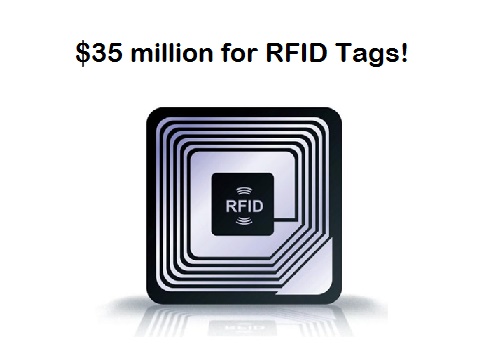From work force management software to payroll management software, there is a means to meet the day to day activities of your school in a more reliable way. Having software to help boost the effectiveness of your school management saves your time and money as well as improves the administrative procedures of your school.
For example, in the past, school authorities informed their job openings through newspaper advertisements, posters etc. But things have changed. We are aware of the fact that those days are long gone. So, what should school management be using to keep up with the changing times and select the right candidates? The answer to that question is simple: School authorities and recruiters should be using recruiting software that make the whole process of recruiting fast, cost-effective and simple.
Today, recruitment software has become more efficient and intuitive than ever before, providing recruitment service to educational institutions in a more dependable manner.
Here are 7 key advantages for school managements using Recruiting Software:
1) Efficient postings
In order to attract prospective candidates for your institution, you need to make your posting unique. For that, you are not forced to post open positions on a job board. Instead if you have a branded career website, it will compel teachers and other staff to work for you.
Quick tip: Using a unique website for hiring, you can customize the process of recruiting. It helps you to gain custom work flows and applications and aid you in the web design of your careers page.
2) Better Applications
You can always purchase a template for some job positions or can draft an application for several job positions. An opening for each job post requires a specific application process. So, to customize the applications according to your need, recruiting software can be used which will help you complete the application process in a more accurate manner.
Quick tip: You can choose standard applications to customize it for the requirement of each job position. Your institutional specifications along with their expertise in the basics will create a targeted application.
3) All-hours access
Passing around the word that your school is hiring can be a challenge, particularly when you are a smaller school. You can start with email signatures and social media and can access recruiting software anywhere anytime.
Quick tip: Connect with high-quality teachers and other staff faster. You can respond to qualified teachers quicker and let other members of the recruiting team view the progress of the hiring process.
4) Better collaboration
With easy-to-use recruiting software, recruitment team members of your school can work together anytime as compared to the traditional recruiting process. Here, recruiters can jointly take decisions and facilitate conversations regarding the hiring process of an applicant.
Quick tip: The facility that allows multiple users to access the information regarding the same applicant lets you get updates about the applicant.
5) Mobility
You’ll spend time responding to work-related e-mails while sitting down at home to catch your favorite evening show just like you’d be accepting calls from your child’s school while you’re sitting at your office desk. As a recruiter, being able to move perfectly between your mobile phone, work computer and laptop is a must when it comes to getting the job done – and you’ll only get that kind of flexibility with web-based recruiting software.
Quick tip: You can access your phones, tablets or devices to enhance the process of recruitment, teachers’ training program, assessments, performance management and so on.
6) Easy Updates
Recruiting process itself is time consuming and complex. With recruiting software it’s easy for you to keep up-to-date records of every job order and applicant.
Quick tip: Web-based recruitment software saves your time by updating automatically, without interrupting the activities of school management.
7) Cost-effective
Investing in Recruitment software is the perfect way to carry out the process of recruitment more quickly and cost-effectively.
Quick tip: You can use keyword matching technology and other related features to hire the right person in a cost-effective manner.
So regardless of the type of educational institution to which you are engaged, finding the right web-based software is what you need to save your institution’s money and time. It not only makes your job easier but also facilitates in developing a unique school culture. For example, payroll management software helps you calculate payroll, incorporate it with timesheet systems and so on. As such, recruitment software provides recruitment service to your educational institution thereby providing high-quality recruitment service and making you realize your school’s development opportunities.
